Synthetic leather shoes have gained popularity in recent years due to their affordability, versatility, and animal-friendly attributes. However, one persistent issue that consumers often encounter with these shoes is cracking. Understanding the causes and remedies for this problem is crucial for both shoe manufacturers and consumers alike. In this article, we will delve into the factors contributing to synthetic leather shoes cracking and explore effective solutions to maintain their longevity and appeal. 1. Understanding the Material: Synthetic leather, commonly known as faux leather or pleather, is a man-made alternative to genuine leather. It is typically composed of a fabric base coated with a layer of polyurethane (PU) or polyvinyl chloride (PVC). While synthetic leather possesses several advantages, including lower production costs and better stain resistance, it is more prone to cracking compared to genuine leather. 2. Factors Contributing to Cracking: a) Lack of Moisture: Synthetic leather lacks natural oils found in genuine leather, making it more susceptible to drying out. Consequently, exposure to dry environments, heat, and sunlight can accelerate the cracking process.
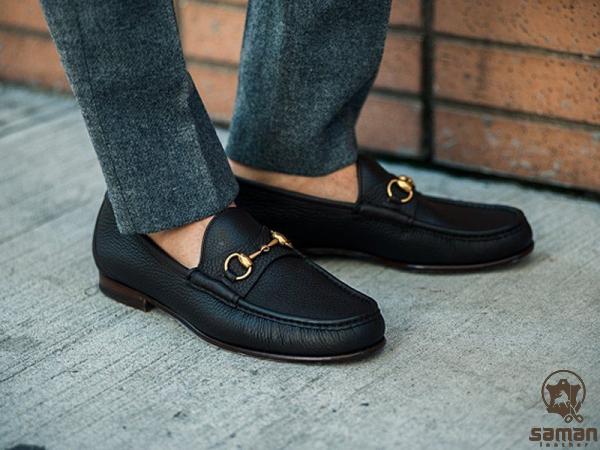
.
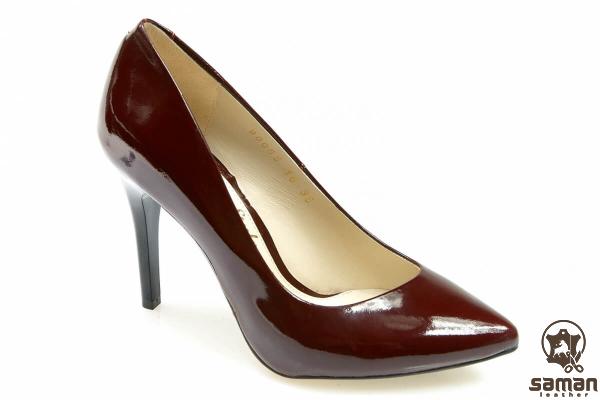 b) Poor Quality Materials: The quality of the synthetic leather used plays a significant role in its durability. Inferior materials may have a higher chance of cracking, so it is crucial for manufacturers to ensure the usage of premium-grade synthetic leather in their products. c) Improper Care and Maintenance: Consistent neglect or incorrect cleaning and conditioning methods can contribute to the deterioration of synthetic leather. Ignoring regular care routines can accelerate the wear and tear, leading to eventual cracking. 3. Effective Solutions: a) Regular Cleaning and Conditioning: Proper care and maintenance are critical to extending the lifespan of synthetic leather shoes. Use a mild soap or leather cleaner to remove dirt and debris, followed by a specialized synthetic leather conditioner to keep the material supple and moisturized.
b) Poor Quality Materials: The quality of the synthetic leather used plays a significant role in its durability. Inferior materials may have a higher chance of cracking, so it is crucial for manufacturers to ensure the usage of premium-grade synthetic leather in their products. c) Improper Care and Maintenance: Consistent neglect or incorrect cleaning and conditioning methods can contribute to the deterioration of synthetic leather. Ignoring regular care routines can accelerate the wear and tear, leading to eventual cracking. 3. Effective Solutions: a) Regular Cleaning and Conditioning: Proper care and maintenance are critical to extending the lifespan of synthetic leather shoes. Use a mild soap or leather cleaner to remove dirt and debris, followed by a specialized synthetic leather conditioner to keep the material supple and moisturized.
..
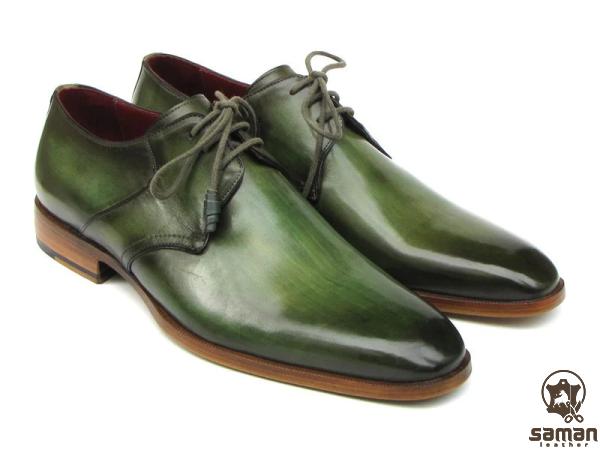 b) Storage: Store synthetic leather shoes in a cool, dry place away from direct sunlight to minimize the risk of cracking. Avoid leaving them exposed to extreme temperatures or dampness, as this can worsen the condition of the material. c) Protective Measures: Applying a polyurethane protectant spray can provide an additional layer of defense against cracking. This protective coating helps seal the synthetic leather’s surface and shields it from environmental damage. d) Quality Assurance: Manufacturers should invest in using high-quality synthetic leather materials and conduct rigorous testing to ensure their shoes can withstand common wear and tear without cracking prematurely.
b) Storage: Store synthetic leather shoes in a cool, dry place away from direct sunlight to minimize the risk of cracking. Avoid leaving them exposed to extreme temperatures or dampness, as this can worsen the condition of the material. c) Protective Measures: Applying a polyurethane protectant spray can provide an additional layer of defense against cracking. This protective coating helps seal the synthetic leather’s surface and shields it from environmental damage. d) Quality Assurance: Manufacturers should invest in using high-quality synthetic leather materials and conduct rigorous testing to ensure their shoes can withstand common wear and tear without cracking prematurely.
…
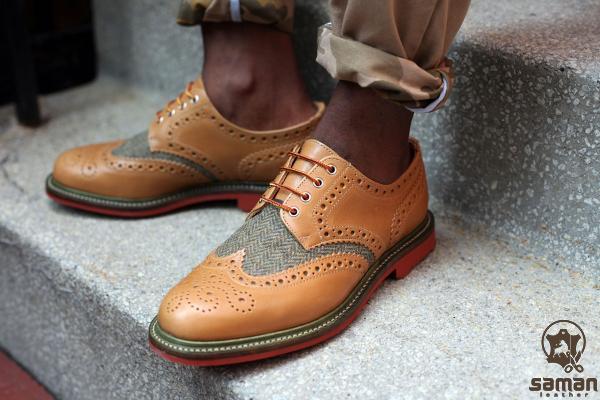 This commitment to quality will not only enhance customer satisfaction but also establish a reputation for durable and reliable products. Conclusion: Synthetic leather shoes offer an affordable and versatile alternative to genuine leather for consumers worldwide. However, the issue of cracking remains a common challenge for both manufacturers and users. By understanding the underlying causes and implementing effective solutions, such as regular cleaning and conditioning, appropriate storage, and the utilization of high-quality materials, both parties can enjoy longer-lasting synthetic leather footwear. With these measures in place, the durability and appeal of synthetic leather shoes can be maximized, ensuring customer satisfaction and repeat business.
This commitment to quality will not only enhance customer satisfaction but also establish a reputation for durable and reliable products. Conclusion: Synthetic leather shoes offer an affordable and versatile alternative to genuine leather for consumers worldwide. However, the issue of cracking remains a common challenge for both manufacturers and users. By understanding the underlying causes and implementing effective solutions, such as regular cleaning and conditioning, appropriate storage, and the utilization of high-quality materials, both parties can enjoy longer-lasting synthetic leather footwear. With these measures in place, the durability and appeal of synthetic leather shoes can be maximized, ensuring customer satisfaction and repeat business.
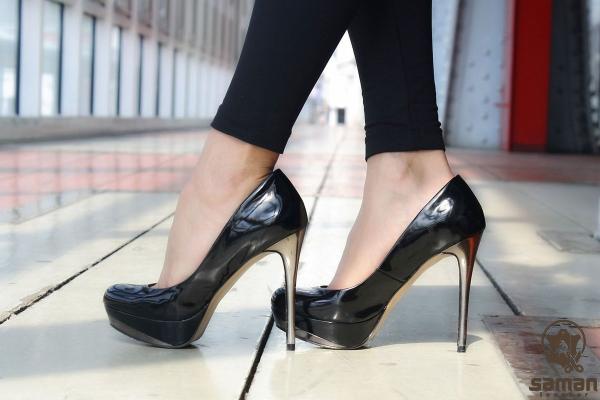
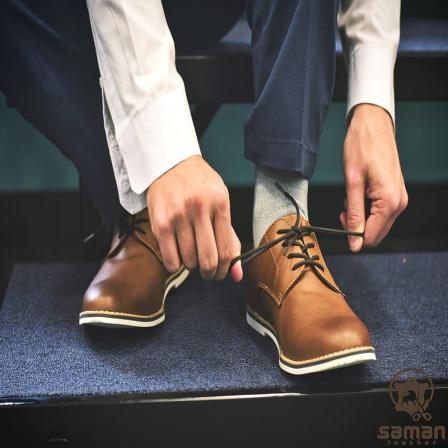
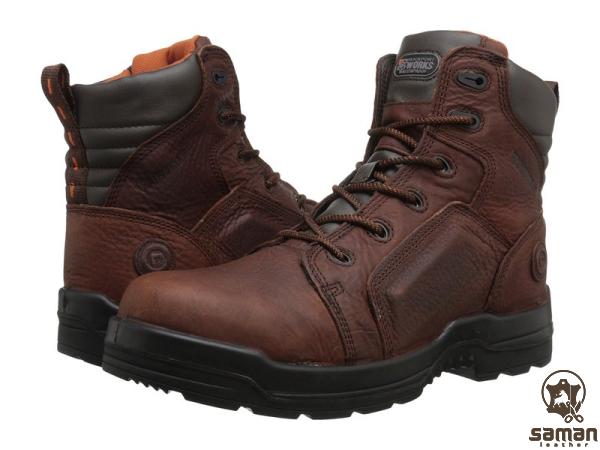
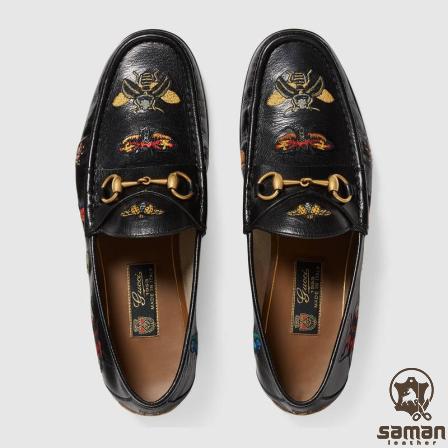
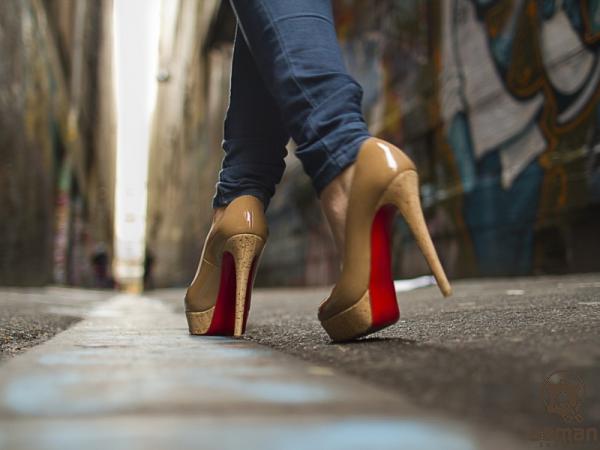
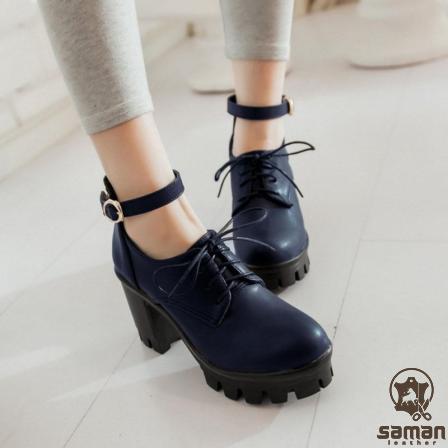
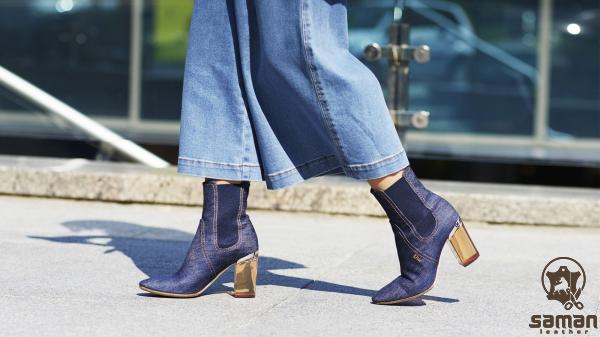
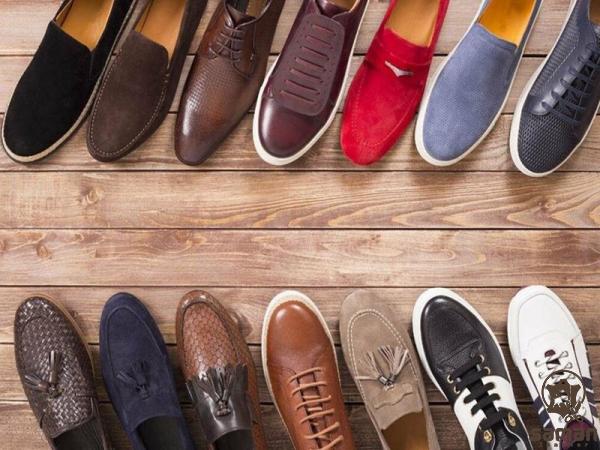
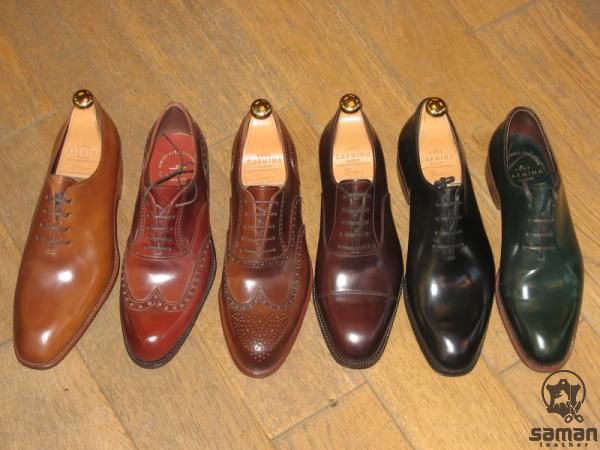
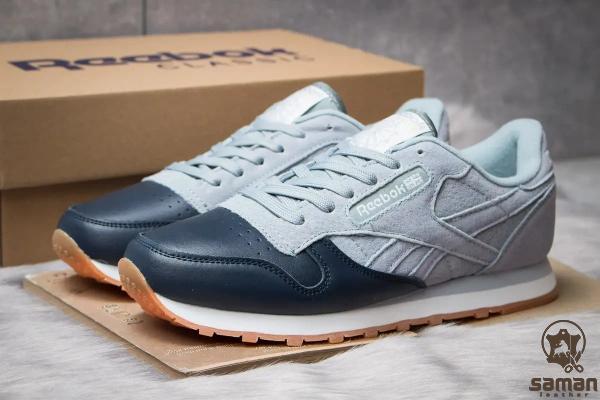
Your comment submitted.